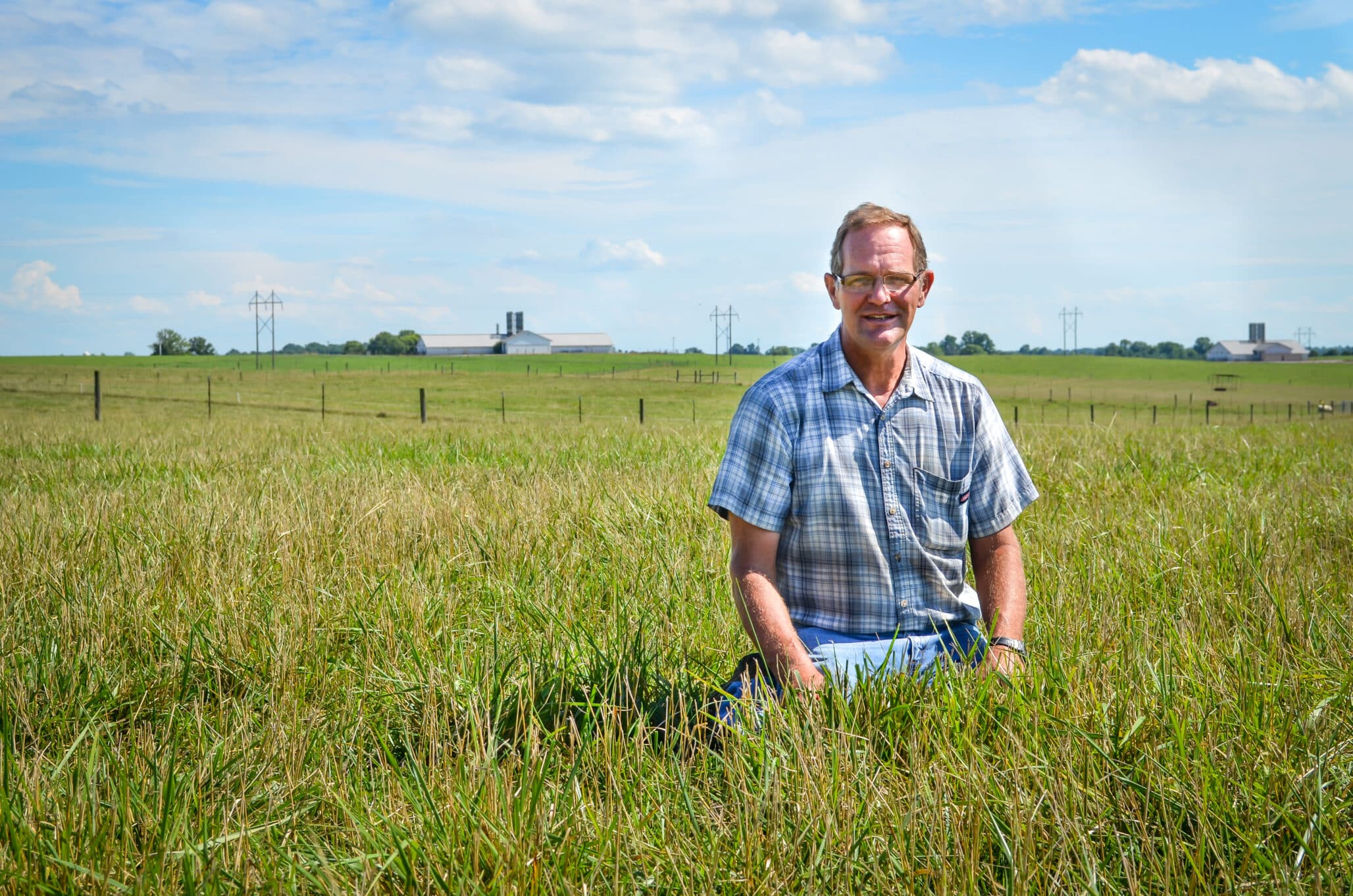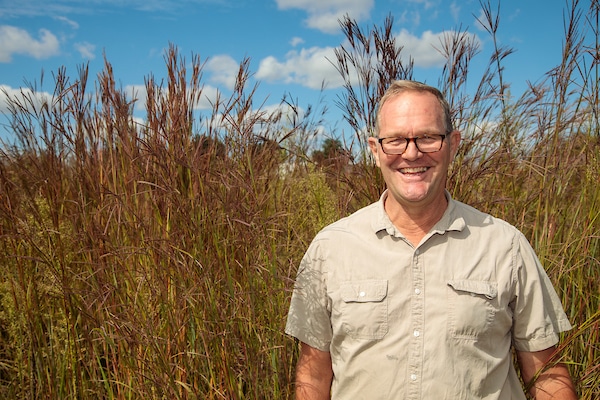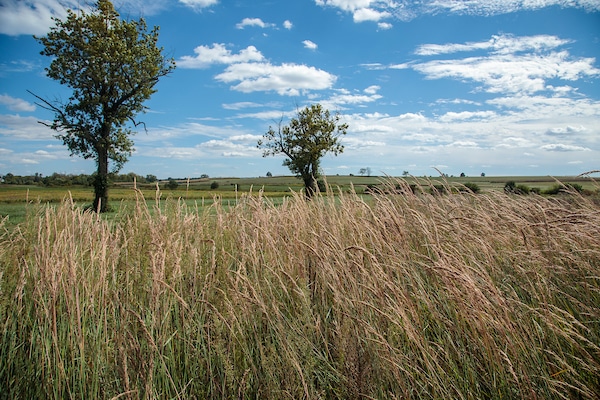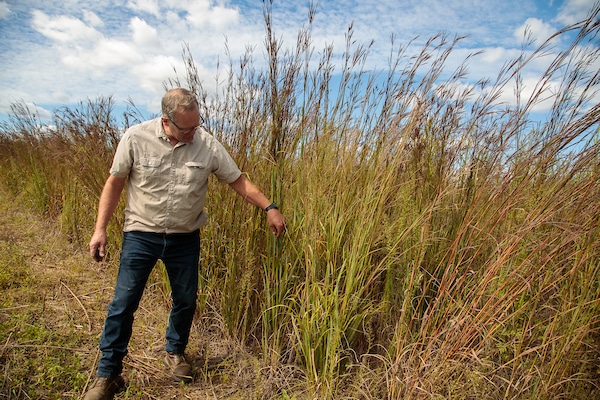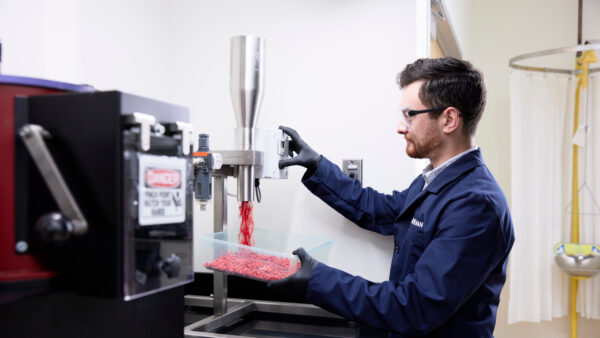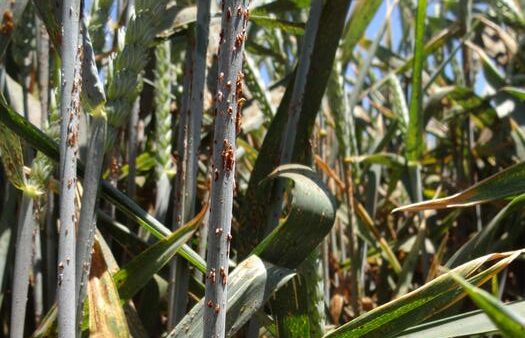Part 2 of Breeding the Future of Turf and Forage.
One of Phillips’ most important challenges has been refining Kentucky 31 tall fescue, an iconic grass with a long history. First discovered in 1931 and released in 1943, Kentucky 31 has become a staple for both forage and turf, widely praised for its resilience in various climates. However, its association with a toxic endophyte — a naturally occurring fungus that can cause health problems in livestock — has driven Phillips to work on improving the grass.
“Kentucky 31 has such a strong legacy. It’s almost synonymous with Kentucky itself,” Phillips says. “But its toxic endophyte presents real challenges, especially for farmers with livestock.”
A significant achievement in this area was the development of Lacefield MaxQ II tall fescue, a novel endophyte variety that maintains the positive traits of endophyte-infected tall fescue while eliminating the toxic effects that harm grazing animals. Traditional tall fescue varieties, like Kentucky 31, contain toxic alkaloids produced by their endophytes, which can lead to conditions like fescue toxicosis in cattle. These toxins reduce weight gain, impair reproduction, and can cause heat stress in livestock.
“With Max Q, we’ve been able to keep the benefits that endophytes bring to tall fescue — like improved drought resistance and insect tolerance — while removing the harmful effects on animals,” Phillips explains. “It’s been a game-changer for forage production, making tall fescue a much safer and more reliable option for farmers.”
Max Q represents more than 15 years of research and development. Originally conceived in the early 2000s, this variety wasn’t commercially available until 2017 due to the complexities of breeding, testing and economic challenges. Its release marked a major milestone for both animal health and the sustainability of forage crops.
“Max Q was a real test of patience,” Phillips recalls. “We faced everything from economic downturns to poor weather. But in the end, it’s about ensuring the grass can thrive across different environments and be produced at scale.”
Despite these challenges, Kentucky 31 remains popular due to its adaptability and long-standing reputation. Phillips acknowledges the difficulty in convincing people to switch to newer, improved varieties when nostalgia and tradition are so deeply rooted.
“There’s a lot of loyalty to Kentucky 31,” Phillips admits. “But when you’re dealing with toxic endophytes that can harm cattle, it’s not just about tradition — it’s about safety and productivity. My goal has been to breed out the negative traits while keeping all the things that people love about Kentucky 31.”
Phillips has also focused on making Kentucky 31 more heat- and drought-tolerant — key considerations in a world facing climate change. His work involves crossing tall fescue with other species, such as Texas bluegrass, to develop hybrids that retain the beneficial traits of both grasses while eliminating the harmful ones.


